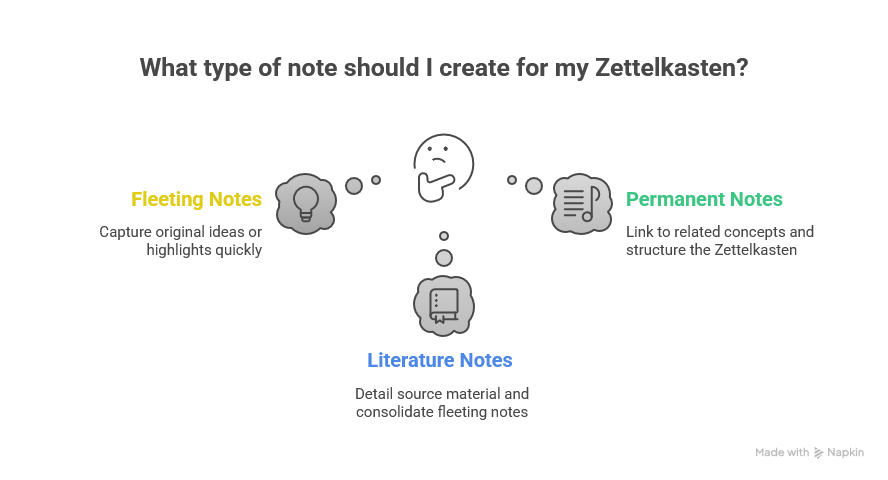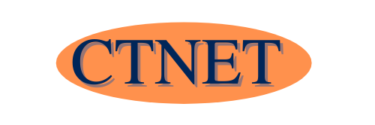Have you ever found yourself drowning in a sea of notes, struggling to recall that one crucial piece of information you jotted down weeks ago? You’re not alone. Many of us have relied on traditional note-taking for years, whether for school, work, or personal projects. But in today’s information-saturated world, and with the rise of Artificial Intelligence, there’s a more powerful approach that can truly benefit your brain: Personal Knowledge Management (PKM).
This post will explore the fundamental differences between simple note-taking and a robust PKM system, and why adopting the latter can be a game-changer for your thinking and learning.
What is Note-Taking?
At its core, note-taking is the simple act of recording and keeping notes. We’ve been doing it for millennia, from ancient scribes recording economic data to students revising for exams. Many of us take notes daily – a reminder to buy milk, a snippet from an article, or a fleeting thought.
However, traditional note-taking has a significant limitation: it can be incredibly difficult to rediscover and connect information later. This siloes your thinking, restricting your ability to generate new ideas and insights. This is where Personal Knowledge Management comes in.
What is a Personal Knowledge Management System (PKM)?
Put simply, a Personal Knowledge Management system (PKM) is about creating a system that helps you absorb the ideas and thoughts you consume, transforming them into knowledge. It’s a blend of Personal Learning Management and Personal Information Management. The key is externalising your thought process.
Just the act of externalising your thoughts and ideas by writing about them forces you to think more deeply, as your mind must convert abstract concepts into the structured form of written language. A good PKM system, such as a Zettelkasten, often includes a stage that encourages you to rephrase external ideas in your own words.
A PKM also acts as an external storage for your own brain. Our minds have a tendency to forget things. Concepts that might seem forgotten can resurface as you add new notes to your system, reinforcing your understanding over time.
I’m going to explore the concept of a PKM further by using my own Zettelkasten as an example.
The Zettelkasten Method
Any good PKM must have a method for capturing initial ideas, whether they are your own or from external sources. The Zettelkasten method does this through several types of notes:
- Fleeting Notes: These capture your immediate thoughts, ideas, or highlights from reading or listening. They are meant to be captured quickly before the thought is lost, and processed later.
- Literature Notes: These are notes on the source of any idea you’ve captured from someone else’s content – a book, article, or podcast. You also use them to summarise fleeting notes related to that source, beginning the process of internalising the idea by writing it in your own words. Your own ideas skip this phase and move directly to the next.
- Permanent Notes: These are atomic notes, each containing a single idea, written in your own words. They should be linked to other related notes. Writing in your own words reflects your understanding of the idea. Ideally, every permanent note links to other permanent notes in your system, creating a web of personal knowledge.

Note-taking is a Component of a PKM
While the title might suggest a conflict between note-taking and PKM, they are not mutually exclusive; rather, PKMs are built upon the foundation of note-taking.
Take the Zettelkasten method I briefly introduced: notes are used throughout the process. You take a note to capture an idea, create another to detail the source material, and then a third to capture the processed idea. PKMs leverage the notes you’re already taking, aiming to turn that captured information into knowledge and serving as an external memory. This combination transforms your notes into a dynamic workspace for thinking.
My Personal Journey from Note-Taker to PKM Practitioner
I’m hoping that sharing my personal journey so far will help to show you how valuable a PKM can be.
Until I started blogging at the age of 50, I had only taken notes for specific reasons, such as during my studies or to help me remember things at work. I remember keeping notes in separate notebooks for each subject at school, using them for revision at the end of the year. The same applied in further and higher education.
After I started blogging, I began reading articles related to technology and would note down any ideas I thought I could write about. I also kept a list of bookmarks for articles I needed to read, which quickly grew out of hand.
I became a true note-taker once I discovered the Zettelkasten method and had a system I trusted to help me turn the information I captured into notes, stored in a way that seemed to enable them to reappear when I needed them. This shift from simply collecting information to actively building a connected knowledge base was transformative.
PKM and the Future: Protecting Your Cognitive Abilities
Artificial Intelligence, in the form of Large Language Models, will undoubtedly have a massive impact on the world, especially concerning information management. While I’m not against using this technology, I do have concerns about its potential impact on our cognitive abilities.
Research in this area is still developing, but there’s evidence suggesting that offloading mental tasks can reduce our cognitive abilities. Some studies have indicated that web search has impacted our ability to remember things, as we now rely on search engines as a memory aid. Similarly, concerns exist that our sense of direction may have worsened due to navigation apps.
If we offload too much of our thinking to Large Language models, this is where having a PKM becomes invaluable. As you process notes from fleeting to literature to permanent notes, you are re-processing and internalising those ideas, turning them into your own insights as you rewrite them to reflect your understanding. The linking of concepts is something we do naturally, and this helps us learn by providing a foundation of what we already understand as a launching point. That’s why I believe it’s important to maintain this process within my Personal Knowledge Management system.
Conclusion
After reading this post, you should have a clearer understanding that PKM is a framework built upon the centuries-old tradition of note-taking, used as an external memory aid. Its added aim is to help you absorb and transform this information into your own personal knowledge. I hope you’re now keen to learn more about PKM.
For further reading, I recommend exploring the articles listed below. You might also consider signing up for our weekly newsletter, where I share personal thoughts on technology, knowledge management, and AI, along with details on our most recent posts. You can sign up for our weekly newsletter here.
Further Reading
- How to take smart notes by Sonke Ahrens
- Zettelkasten and the Art of Knowledge Management by Binny VA
- Homo Deus by Yuval Noah Harari: Three Types of Reality and How They Impact Us
- Introduction to the Zettelkasten System
- The Essential Guide to Managing Fleeting Notes for Productivity and Knowledge Management
- CTNET Guide to Managing Literature Notes
- Beginners Guide to Permanent Notes
- Think Smarter, Not Harder: How PKM Enhances Your Metacognition


